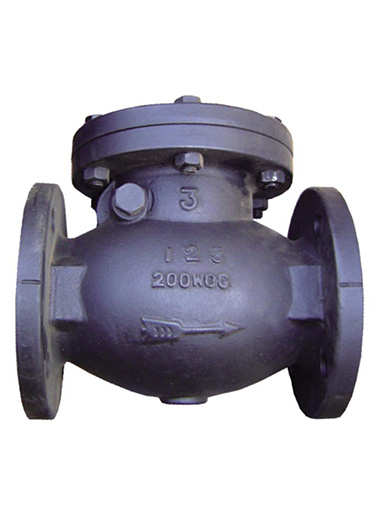Nov . 19, 2024 18:51 Back to list
hydraulic control valve
Understanding Hydraulic Control Valves Principles and Applications
Hydraulic control valves are integral components in hydraulic systems, serving as the backbone for controlling fluid flow and pressure. These valves are crucial for the operation of various machinery, ranging from construction equipment to automotive systems. In this article, we will explore the fundamental principles of hydraulic control valves, their types, and their applications.
The Fundamentals of Hydraulic Control Valves
At their core, hydraulic control valves regulate the flow of hydraulic fluid within a system. By manipulating the direction, pressure, and flow rate of the fluid, these valves ensure that hydraulic cylinders and motors operate efficiently and safely. The basic function of a hydraulic valve is relatively simple it either allows flow to pass through or restricts it, thereby controlling the movement of actuators.
Hydraulic valves operate based on several key principles, including pressure differential, flow proportioning, and electrohydraulic control. The pressure differential principle states that fluid will naturally flow from areas of higher pressure to areas of lower pressure. Control valves are designed to either facilitate or restrict this flow based on the system's demands.
Types of Hydraulic Control Valves
There are several types of hydraulic control valves, each fulfilling specific functions within hydraulic systems
. The most common types include1. Directional Control Valves These valves control the direction of fluid flow within the system. They can be operated manually, electrically, or hydraulically, and are available in configurations such as 2-way, 3-way, or 4-way valves.
hydraulic control valve

2. Flow Control Valves These are used to regulate the flow rate of hydraulic fluid. By adjusting the valve opening, operators can increase or decrease the speed of hydraulic actuators, ensuring that they operate within the desired parameters.
3. Pressure Control Valves These valves regulate the pressure within the hydraulic system by venting excess fluid back to the reservoir or restricting flow when pressures exceed a preset level. Common types of pressure control valves include relief valves and pressure-reducing valves.
4. Check Valves Designed to allow fluid to flow in only one direction, check valves prevent backflow and maintain pressure within the hydraulic system.
Applications of Hydraulic Control Valves
Hydraulic control valves are widely used across various industries. In the construction sector, these valves are essential in the operation of excavators, bulldozers, and cranes, ensuring precise control over lifting, digging, and maneuvering. In the automotive industry, hydraulic control valves play a critical role in braking systems, power steering, and convertible roof mechanisms.
Moreover, hydraulic control valves are vital in manufacturing, aerospace, and marine applications. Whether controlling the movement of robotic arms in production lines, adjusting the flaps on an aircraft, or operating the rudder of a ship, these valves provide the necessary control to operate complex machinery safely and efficiently.
Conclusion
In summary, hydraulic control valves are fundamental components that enhance the functionality of hydraulic systems. By understanding their principles, types, and applications, engineers and operators can leverage these valves to optimize machinery performance, improve safety, and ensure reliability in various industrial applications. As technology advances, the design and functionality of hydraulic valves continue to evolve, paving the way for more efficient and sophisticated hydraulic systems in the future.
Share
-
Reliable Wafer Type Butterfly Valves for Every IndustryNewsJul.25,2025
-
Reliable Flow Control Begins with the Right Ball Check ValveNewsJul.25,2025
-
Precision Flow Control Starts with Quality ValvesNewsJul.25,2025
-
Industrial Flow Control ReliabilityNewsJul.25,2025
-
Engineered for Efficiency Gate Valves That Power Industrial PerformanceNewsJul.25,2025
-
Empowering Infrastructure Through Quality ManufacturingNewsJul.25,2025